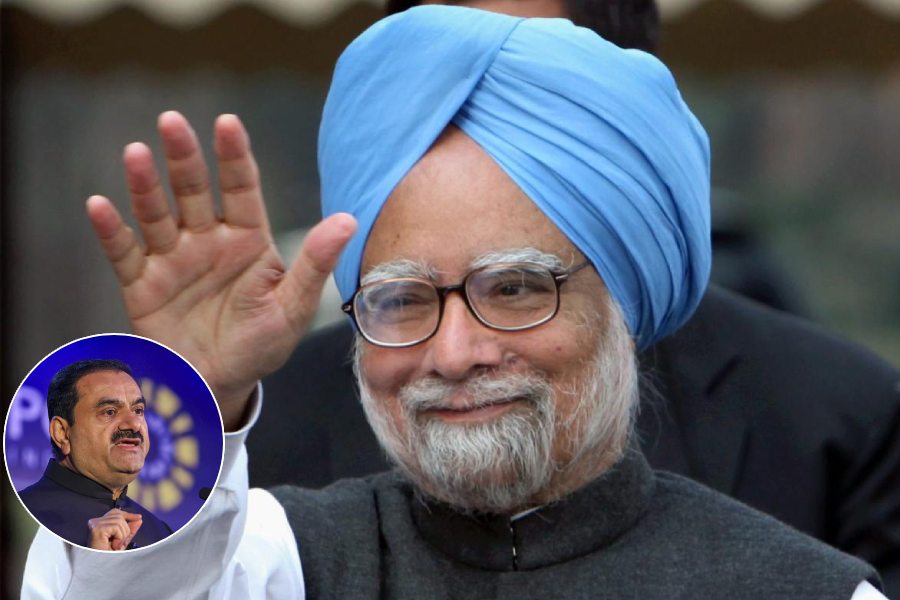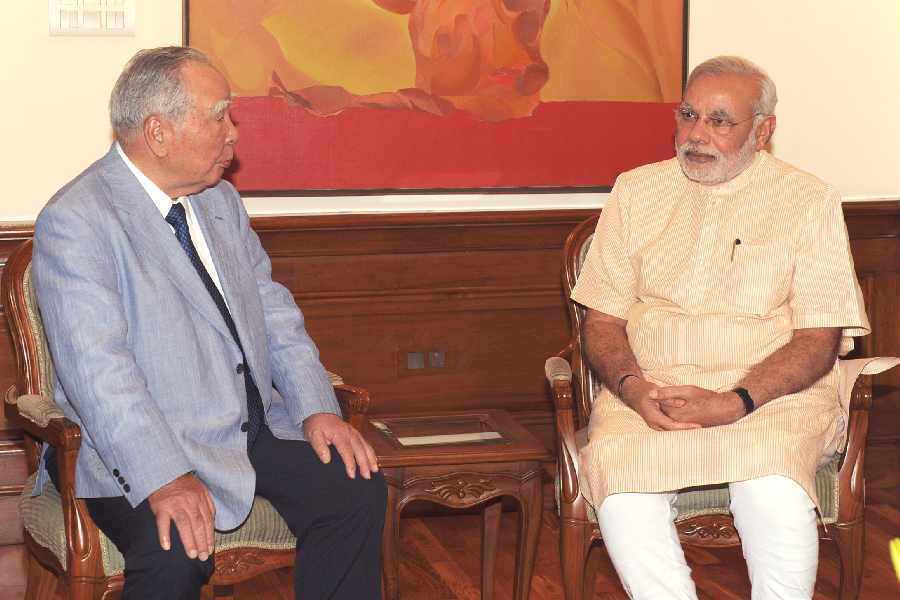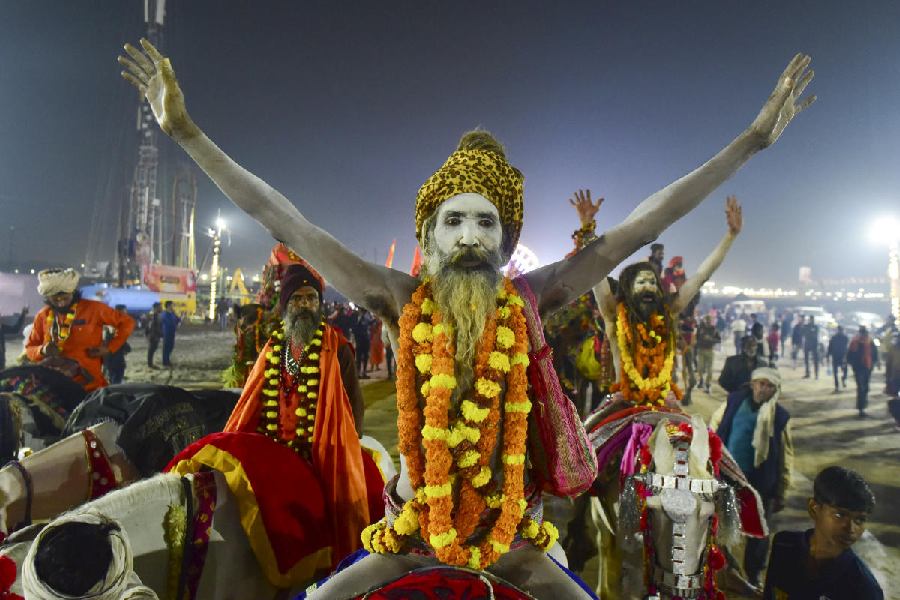Prime Minister Narendra Modi on Tuesday paid tributes to the tribals who were massacred by the British army in 1913 in Mangarh in Rajasthan.
Modi, who will address a gathering of Bhil adivasis and members of other tribes at the Mangarh Dham in Banswara district, has also declared the memorial a national monument.
At the event, the prime minister shared the dais with Rajasthan, Madhya Pradesh and Gujarat chief ministers Ashok Gehlot, Shivraj Singh Chouhan and Bhupendra Patel.
Prime Minister Modi has declared the dham a national monument, according to a government statement issued on Tuesday.
"PM @narendramodi declares Mangarh Dham as National Monument, #Rajasthan," the Press Information Bureau (PIB) tweeted.
Addressing the event Gujarat Chief Minister Patel claimed that the massacre of tribals at Mangarh in 1913 was more gruesome than that at Jallianwala Bagh in Punjab, while his Rajasthan counterpart Gehlot said Modi gets respect in the world because he is the prime minister of a country where the roots of democracy have been strong.
"When Modi goes abroad, he gets so much respect. Why he gets the respect, he gets the respect because Modi is the prime minister of a country that is the country of Gandhi, roots of democracy are deeper and even after 70 years, democracy is alive. People know this and give respect," Gehlot said.
The dham, a memorial for around 1,500 tribals massacred by the British army in 1913, is located in the district on the Gujarat-Rajasthan border, a region with a large tribal population.
The gathering of tribals and forest dwellers in 1913 in Mangarh against the British Raj was being led by social reformer Govind Guru.











